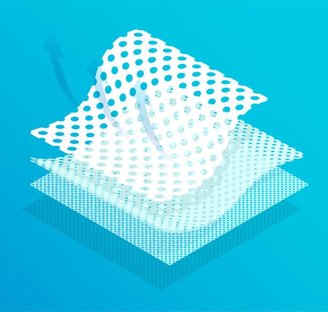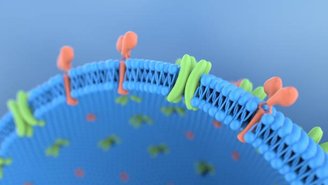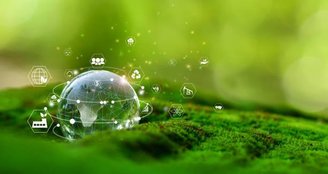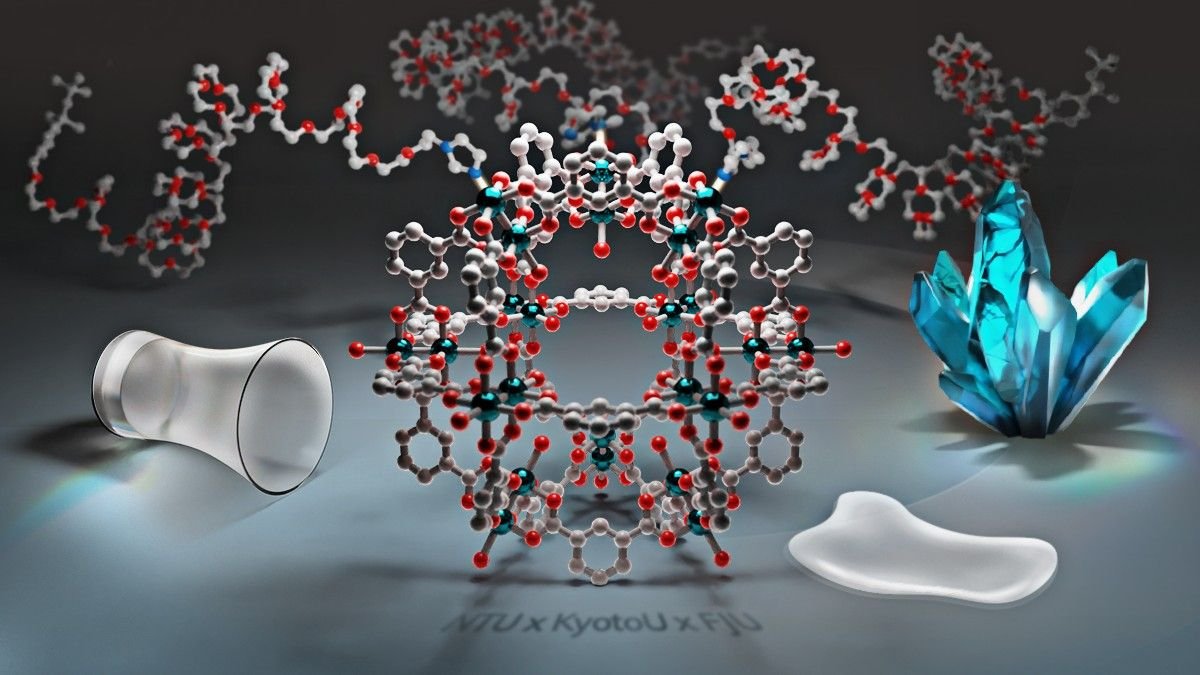One of the main difficulties Clean energy production lies in the efficiency of processes. Although conversion and capture technology has improved in recent years, the equipment is still inefficient for scale production.
With a low yield percentage and still very high costs, research and development activities focused on solutions that would make equipment and inputs less specific, more profitable and with a higher success rate in capturing gases, whether for energy use or in form. reducing carbon footprint.
It may seem counterintuitive that clean energy production requires the elimination of significant amounts of environmentally harmful gases such as carbon monoxide and carbon dioxide.
However, some sources, such as the extraction of hydrogen from coal and natural gas, among other forms, can still create significant impacts without even providing an effective return. In the production of hydrogen gas, which is currently considered a promise for the energy revolution. So how to change this scenario?
Researchers at Kyoto University’s Institute of Integrated Cell and Materials Sciences and the Department of Chemical Engineering at National Taiwan University may be on their way to finding an answer.
magic membrane
“It’s not magic, it’s technology”, perhaps this slogan engraved in the memory of the 1990s generation is very meaningful today. With the development of multiform smart membrane in the study process.
A very important issue in the energy industry is the specificity of materials. For example, some chimneys are equipped with filters and membranes specially designed to block large dust particles or CO2 molecules.

However, they have specific sizes, shapes and functions. While this makes it highly efficient in its function, it also makes it unusable for other demands. For example, a porous membrane will only retain large particles and is unlikely to retain liquids or gases.
But the smart membrane in development has the ability to undertake different “phases”, responding effectively to the need for target changes. It can become glassy, liquid or even crystalline without losing its properties..
This process is reversible and self-regulating; that is, the membrane can constantly change phases, and each of these changes is stimulated by the environment or process in which it is used.
This represents a major advance for the energy sector, as the use of membranes of this nature in the capture and separation of gases can contribute to higher process efficiency.
To give an example, imagine you want to collect water through a sieve. Because of the holes, most of the water will pass through without being retained, leaving only a few molecules wet on the sieve..

But if that same sieve could detect when it was time to retain water, it would automatically shrink the holes to the point where they could retain most of the liquid.
The situation will not be different in gases. It is important to remember that each gas has molecules of different sizes and can be trapped or separated. The developing membrane appears to have a greater affinity for CO2 molecules.
This means it will capture most of the carbon dioxide molecules, for example, leaving behind a “purified” hydrogen gas. This will optimize separation, increase production efficiency and make the process cheaper due to the multifunctionality of the technology.
Separating and preparing for the future
In the race to reduce carbon footprint by replacing fossil fuels with renewable forms of energy, technologies such as membranes developed by researchers at Kyoto and National Taiwan Universities are taking new steps towards efficiency.
The greater the investments in technology and progress in the development of materials, the more attractive it becomes. Opportunities will emerge to replace traditional industrial processes with green, safer and lower environmental impact alternatives.

There is still a significant distance to overcome. Although calls for change date back decades, we are still initiating change movements towards a more sustainable world.
There is a whole industrial culture that needs to be changed, but it is important that we achieve success in technological development, albeit with small steps, towards cleaner, more efficient and accessible energy.
The struggle doesn’t start and doesn’t end here. Want to learn more about the hydrogen race and renewable energy sources? Stay tuned to TecMundo, where learning about 21st century gold gives you extra energy for knowledge. Until later.
Source: Tec Mundo
I’m Blaine Morgan, an experienced journalist and writer with over 8 years of experience in the tech industry. My expertise lies in writing about technology news and trends, covering everything from cutting-edge gadgets to emerging software developments. I’ve written for several leading publications including Gadget Onus where I am an author.













